AO Edited
Kamuy Kotan
A natural wonder with mythological ties to the local Ainu tradition.
In the beliefs of the indigenous Ainu people of northern Japan, the kamuy are mythic entities representing nature, often as animals and bodies of water. In their language, kamuy kotan means “a place dwelled by the kamuy,” suggesting that the location is named as such due to its sacred nature and difficulty to reach.
Located at the bottom of steep cliffs, the Kamuy Kotan of Asahigawa is a point where the Ishikari River turns into rapids that run as deep as 76 yards. For the local Ainu, it was the roughest point of the journey as they traveled in the area, accounting for many deaths. Some have theorized that the name comes from the supposed Ainu tradition of praying to the kamuy at the spot for safety.
According to one account of the yukar, traditional oral sagas of the Ainu, an evil spirit called Nitnekamui lived in the Kamuy Kotan and blocked the path with a huge rock to drown the passing Ainu. The good-hearted mountain god Nupurikamui and folk hero Samaykur fought Nitnekamui, who fled the scene only to get his feet stuck in the mud and was beheaded by Samaykur. The many potholes in the area are considered traces of Nitnekamui’s escape, and there are several rocks named after these mythological characters such as Samaykur’s Fortress.
Additionally, the location contains several archaeological sites, including the remains of a pit-house dwelling and ancient stone circles, possible proof that the area was considered to be of some spiritual value not only by the Ainu but by the Jōmon people as well.
All in all, the Kamuy Kotan is greatly appreciated as a natural wonder and archaeological complex today, with an almost mysterious historical and cultural background.

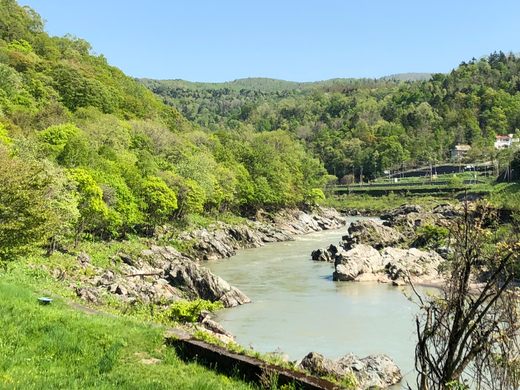
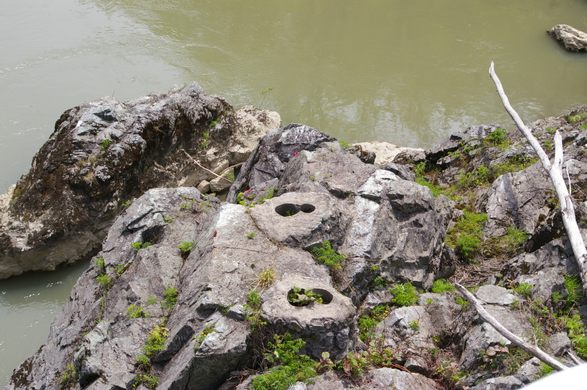


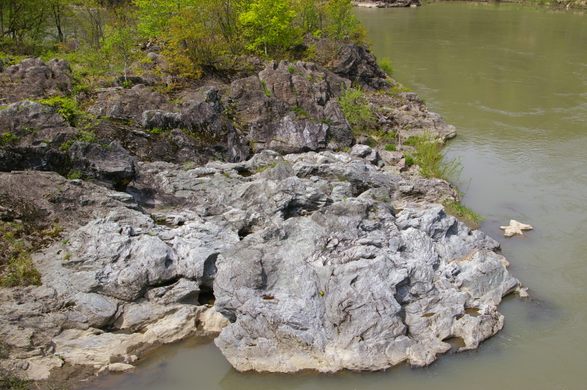



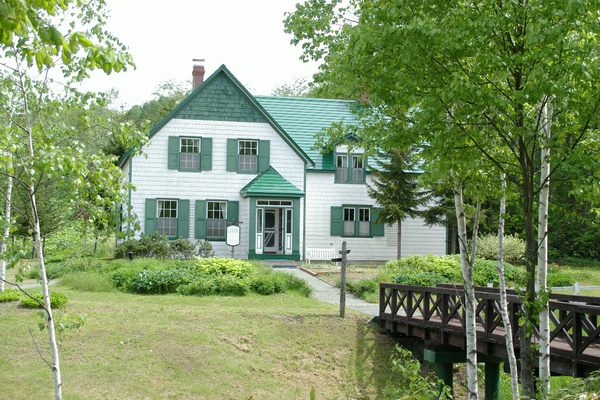




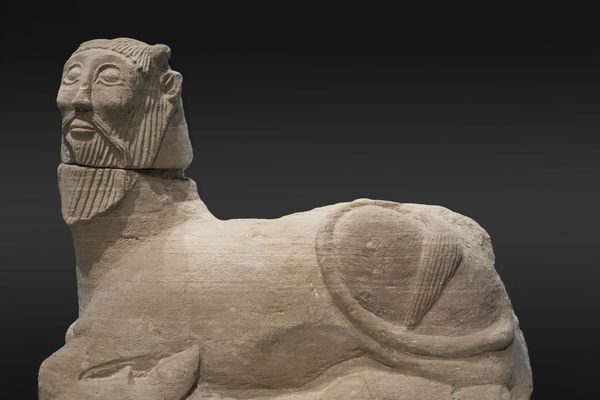
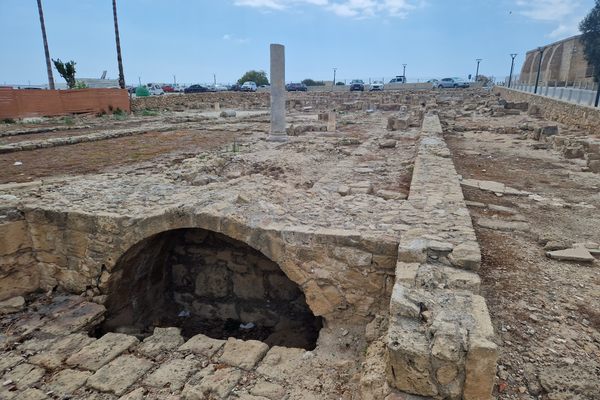
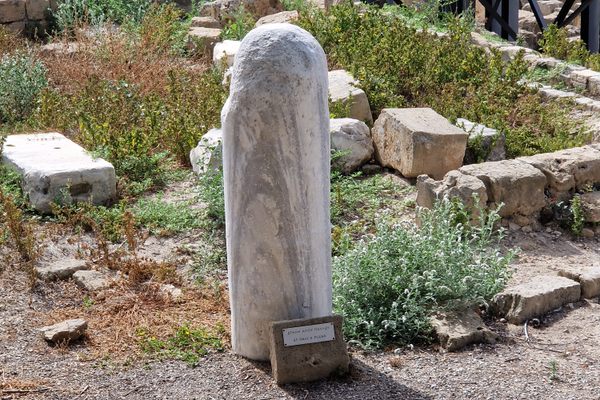

Follow us on Twitter to get the latest on the world's hidden wonders.
Like us on Facebook to get the latest on the world's hidden wonders.
Follow us on Twitter Like us on Facebook